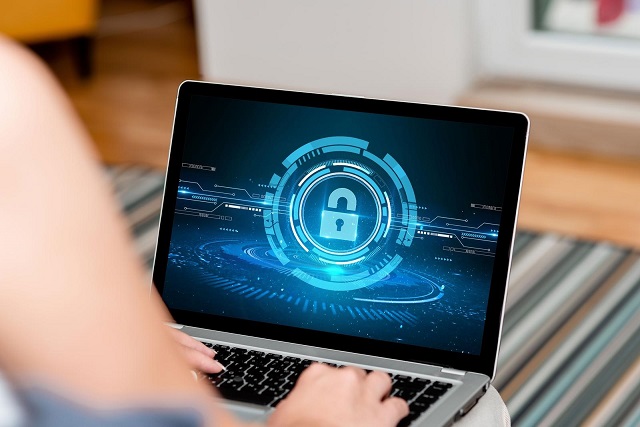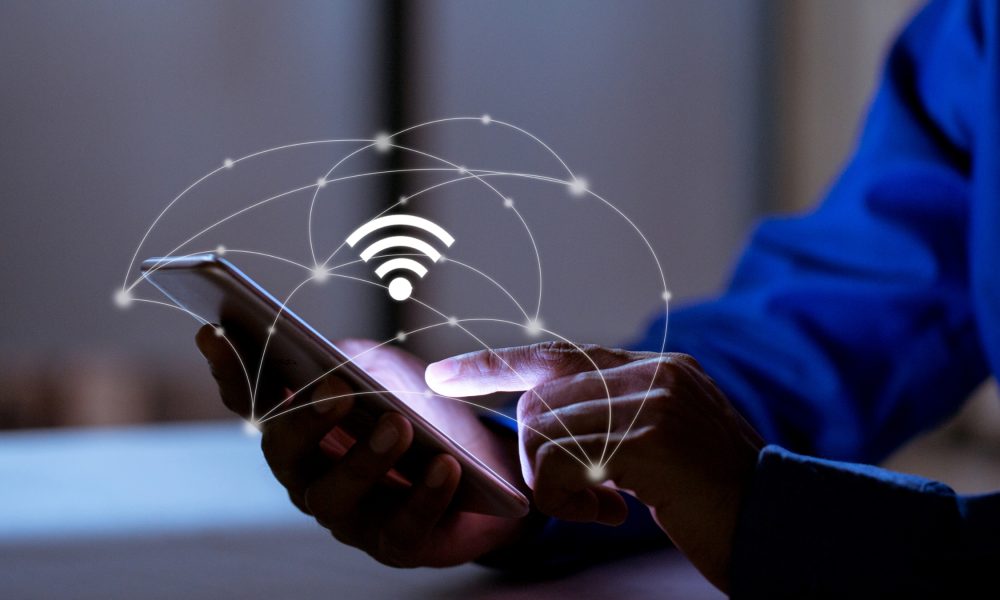Digital information has become increasingly sensitive. Cyber threats cause businesses and individuals to seek innovative solutions. One such method that has gained popularity is self-destructing notes. These temporary messages provide an extra layer of security by automatically deleting themselves after a set period or after being read.
Understanding self-destructive notes
Self-destructing notes are digital messages that disappear automatically after a specified time or after being viewed by the intended recipient. These notes can contain text, images, or files and are typically shared via a secure link. Once the note is accessed or the time limit expires, the content is permanently deleted from the server, leaving no trace.
Benefits of self-destructing notes
- Enhanced privacy – Self-destructing notes ensure that sensitive information doesn’t linger in inboxes or servers indefinitely, reducing unauthorized access.
- Reduced digital footprint – These notes help minimize your digital trail and protect your privacy by automatically deleting messages.
- Time-sensitive information sharing – Self-destructing notes offer an ideal solution for time-sensitive data that needs to be shared quickly but shouldn’t be stored permanently.
- Compliance with data protection regulations – Many industries have strict data protection laws. Self-destructing notes can help organizations comply with these regulations by ensuring sensitive information is not retained longer than necessary.
Best practices for security
- Combine with other security measures – Use self-destructing notes with other security practices such as two-factor authentication and encrypted communication channels.
- Educate users – If an organization implements self-destructing notes, provide training to ensure all users understand how to use them properly and responsibly.
- Regularly review and update policies – Stay informed about the latest security threats and update your data protection policies accordingly.
- Be cautious with susceptible information – While self-destructing notes offer enhanced security, exercise caution when sharing susceptible data and consider alternative methods when necessary.
Potential limitations and considerations
- No guarantee of complete deletion – While self-destructing notes are designed to delete themselves, there’s always a tiny risk that determined individuals could find ways to capture the information before it’s destroyed.
- Dependence on the service provider – The security of your data relies on the chosen service provider’s security measures and policies.
- Possible technical issues – Like any technology, self-destructing note services may experience technical glitches or downtime, potentially affecting access to relevant information.
- Not suitable for all types of data – Certain types of information may require long-term storage or documentation, making self-destructing notes inappropriate in some cases.
Implementing self-destructing notes in your data protection strategy
-
- Assess your needs – Evaluate your data protection requirements and identify areas where self-destructing notes could be beneficial.
- Develop clear guidelines – Create policies outlining when and how your organisation should use self-destructing notes.
- Integrate with existing systems – Look for self-destructing note services that can be seamlessly integrated with your current communication and collaboration tools.
- Monitor usage and effectiveness – Regularly review self-destructing notes and assess their impact on your data protection efforts. For more info about privnote visit prlivnote.com
Conclusion
Self-destructing notes are valuable to keeping data safe in an increasingly interconnected world. They reduce the risk of data breaches and unauthorised access by automatically deleting sensitive information after it has served its purpose. Data security challenges cannot be solved entirely with self-destructive notes, but they can be a practical part of a comprehensive data protection strategy. For the best level of data protection, it’s crucial to use these security measures responsibly.








